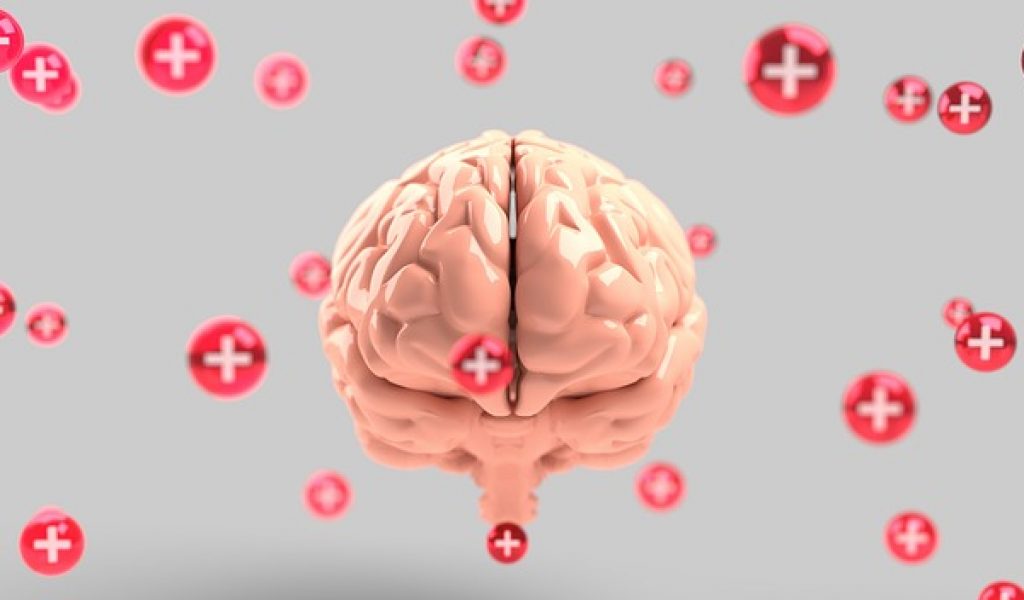Light exposure and its link to mental illness

Carden Cappi, Science editor, discusses recent findings that demonstrate a link between light exposure levels and certain mental illnesses.
By now it is quite commonly known that as the nights get longer and the days darker during the winter, some people suffer from Seasonal Affective Disorder i.e. winter depression. An explanation for this is the low exposure to sunlight during the shorter days, which can cause depression-like symptoms, such as low mood, irritability or trouble concentrating. However, as new research shows, the amount of light exposure can count as an environmental factor and can have an impact on the risk for certain other mental disorders. According to a researcher from the University of Melbourne this factor interacts with other factors stemming from the environment, as well as genetics.
The large-scale research was conducted with over 80,000 UK participants, whose light exposure was measured over the period of one week. As a result of the study, the researchers found a significant correlation between high light exposure at night and being diagnosed with PTSD. Here, the prevalence of night light could potentially be linked to the fact that PTSD causes trouble sleeping and nightmares, for which the presence of light might bring relief. They additionally found a similar correlation between higher levels of exposure to light at night and other mental disorders, such as depression, anxiety disorder, or psychotic experiences.
A significant correlation between high light exposure at night and being diagnosed with PTSD
However, it should be noted that there were no participants younger than 37 years, which implies a major limitation to the study despite its large scale. It is also important to note that the risk posed by light exposure interacts with several other factors and is not the cause of specific disorders, as mental health issues are complex and cannot be explained through those simple terms.
Other environmental factors outside genetics can include inequality and deprivation, such as lack of resources, money, etc., which have long been linked to poorer health outcomes. Connected to this is also poor housing, financial issues and insecure working conditions, all of which can contribute to the risk of having a mental health issue, alongside poor education, crime and violence and the overall community well-being.
Therefore, light can become a risk factor when considering mental health disorders, but should not be seen as the sole determinant of someone’s mental health state or outcomes.

